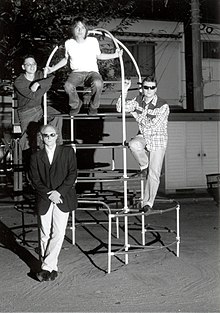
Big Star was an American rock band formed in Memphis, Tennessee, in 1971 by Alex Chilton, Chris Bell, Jody Stephens (drums), and Andy Hummel (bass). The group broke up in late 1974, and reorganized with a new lineup 18 years later following a reunion concert at the University of Missouri. In its first era, the band's musical style drew on the Beatles, the Rolling Stones, and the Byrds. Big Star produced a style that foreshadowed the alternative rock of the 1980s and 1990s. Before they broke up, Big Star created a "seminal body of work that never stopped inspiring succeeding generations", in the words of Rolling Stone, as the "quintessential American power pop band", and "one of the most mythic and influential cult acts in all of rock & roll". Three of Big Star's studio albums are included in Rolling Stone's list of the Top 500 Albums of All-Time.

Radio City is the second studio album by the American rock group Big Star. Released February 20, 1974, Radio City was recorded during 1973 at Memphis' Ardent Studios. Though not a commercial success at the time, it is now recognized as a milestone album in the history of power pop music. Critically acclaimed upon its release, the record sold poorly, partly due to a lack of promotion and the distribution problems of the band's struggling record label, Ardent Records. The album included "September Gurls" and "Back of a Car", which remain among the most famous Big Star songs; both the Searchers and the Bangles have covered "September Gurls".
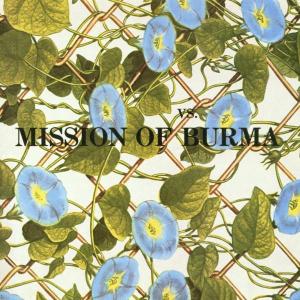
Vs. is the debut studio album by American post-punk band Mission of Burma, following their 1981 EP, Signals, Calls, and Marches. It was released in October 1982 by record label Ace of Hearts. It is the only full-length studio album the band released during the 1980s – and until 2004, as soon afterward they disbanded due to guitarist Roger Miller's worsening tinnitus.
Ardent Records is an American record label based in Memphis, which was founded by John Fry in 1959. Ardent of the 1960s and 1970s featured pop music acts and was distributed by Stax Records from 1972 until 1975. It is best remembered today for Big Star, whose first two albums, released in 1972 and 1974, helped define the style known as power pop. The label was initially an attempt by the R&B-focused Stax to move into rock music, but distribution problems prevented any releases from succeeding. Big Star became widely known through 1980s reissues and the long delayed first release of Third/Sister Lovers, recorded in 1974.

Christopher Branford Bell was an American musician and singer-songwriter. Along with Alex Chilton, he led the power pop band Big Star through its first album #1 Record (1972). He also pursued a solo career throughout the mid-1970s, resulting in the posthumous I Am the Cosmos LP.

Tav Falco's Panther Burns, sometimes shortened to (The) Panther Burns, is a rock band originally from Memphis, Tennessee, United States, led by Tav Falco. They are best known for having been part of a set of bands emerging in the late 1970s and early 1980s who helped nationally popularize the blending of blues, country, and other American traditional music styles with rock music among groups playing in alternative music and punk music venues of the time. The earliest and most renowned of these groups to imbue these styles with expressionist theatricality and primitive spontaneity were The Cramps, largely influenced by rockabilly music. Forming just after them in 1979, Panther Burns drew on obscure country blues music, Antonin Artaud's works like The Theater and Its Double, beat poetry, and Marshall McLuhan's media theories for their early inspiration. Alongside groups like The Cramps and The Gun Club, Panther Burns is also considered a representative of the Southern Gothic-tinged roots music revival scene.

Todd Daniel Snider is an American singer-songwriter whose music incorporates elements of folk, rock, blues, alt country, and funk.

Ardent Studios is an American recording studio located in Memphis, Tennessee, United States. The studio opened in late 1950s by a group of amateurs, but has moved on to be a commercially successful recording studio.

Pleased to Meet Me is the fifth studio album by the American rock band The Replacements, released in 1987 by Sire Records. The album was acclaimed by music critics.

Gentlemen is the fourth studio album by American alternative rock band the Afghan Whigs. It was recorded primarily at Ardent Studios in Memphis, with the band's frontman Greg Dulli producing, and released on October 5, 1993, by Elektra Records.
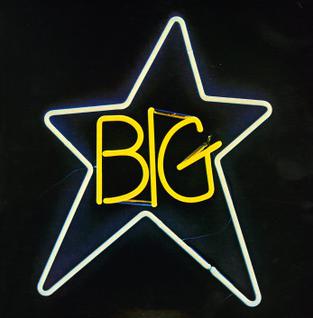
#1 Record is the debut album by the American rock band Big Star. It was released on April 24, 1972, by Memphis-based Ardent Records.

Lucero is an American country-punk/alternative country/alternative rock band based in Memphis, Tennessee, United States. Lucero's sound has been described as a "synthesis of soul, rock, and country [that] is distinctly Memphisian." They have released 11 albums and one live DVD, mostly through their own label. The band mainly tours around North America.

Shake Some Action is the fourth studio album by American rock band the Flamin' Groovies. The album was released in June 1976 by Sire Records. The title Shake Some Action originates from a line in the 1965 film None but the Brave.
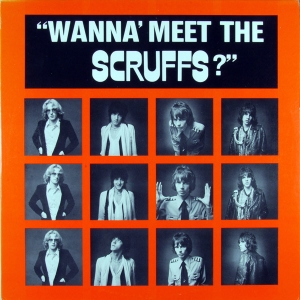
Wanna Meet the Scruffs? is the debut studio album by American power pop band The Scruffs, released in 1977 by record label Power Play.

"September Gurls" is a song written by Alex Chilton that was first released by Big Star on their second studio album Radio City in 1974. "September Gurls" was also released as a single.

In Space is the fourth and final studio album by American rock group Big Star, released in 2005. It was the first new Big Star studio album since Third/Sister Lovers, recorded in 1974 and released in 1978.

Like Flies on Sherbert is the first solo album released by American pop rock musician Alex Chilton. He had previously recorded a collection of songs in 1969 and 1970, ultimately titled 1970, but this was not released until 1996. Released in 1979, Like Flies on Sherbert was recorded at two Memphis studios, Phillips Recording and Ardent Studios, in 1978 and 1979. Chilton had previously been a member of the Box Tops and Big Star.
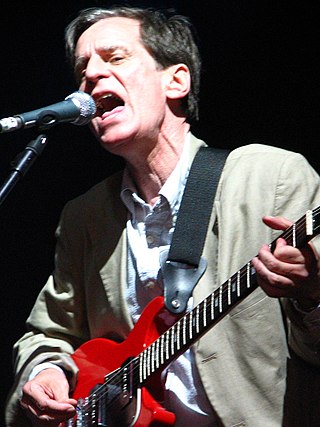
Alex Chilton was an American musician, singer-songwriter and record producer, best known as the lead singer of the Box Tops and Big Star. Chilton's early commercial success in the 1960s as a teen vocalist for the Box Tops was never repeated in later years with Big Star and in his subsequent indie music solo career on small labels, but he drew an intense following among indie and alternative rock musicians. He is frequently cited as a seminal influence by influential rock artists and bands, some of whose testimonials appeared in the 2012 documentary Big Star: Nothing Can Hurt Me.
Scruffy The Cat was a roots rock/pop/cowpunk band from Boston, active from 1983 to 1990. They also played a few reunion shows in 2011, prior to the death of lead singer and guitarist Charlie Chesterman in 2013.
Thomas Forbes Hoehn Jr. was an American singer, songwriter, keyboard player, and guitarist. Along with Jon Tiven, he led the Memphis power pop group Prix before embarking on a solo career. He also provided backing vocals on Big Star's third album, Third/Sister Lovers, and collaborated with Big Star members Alex Chilton and Chris Bell as well as Memphis power pop group The Scruffs.
